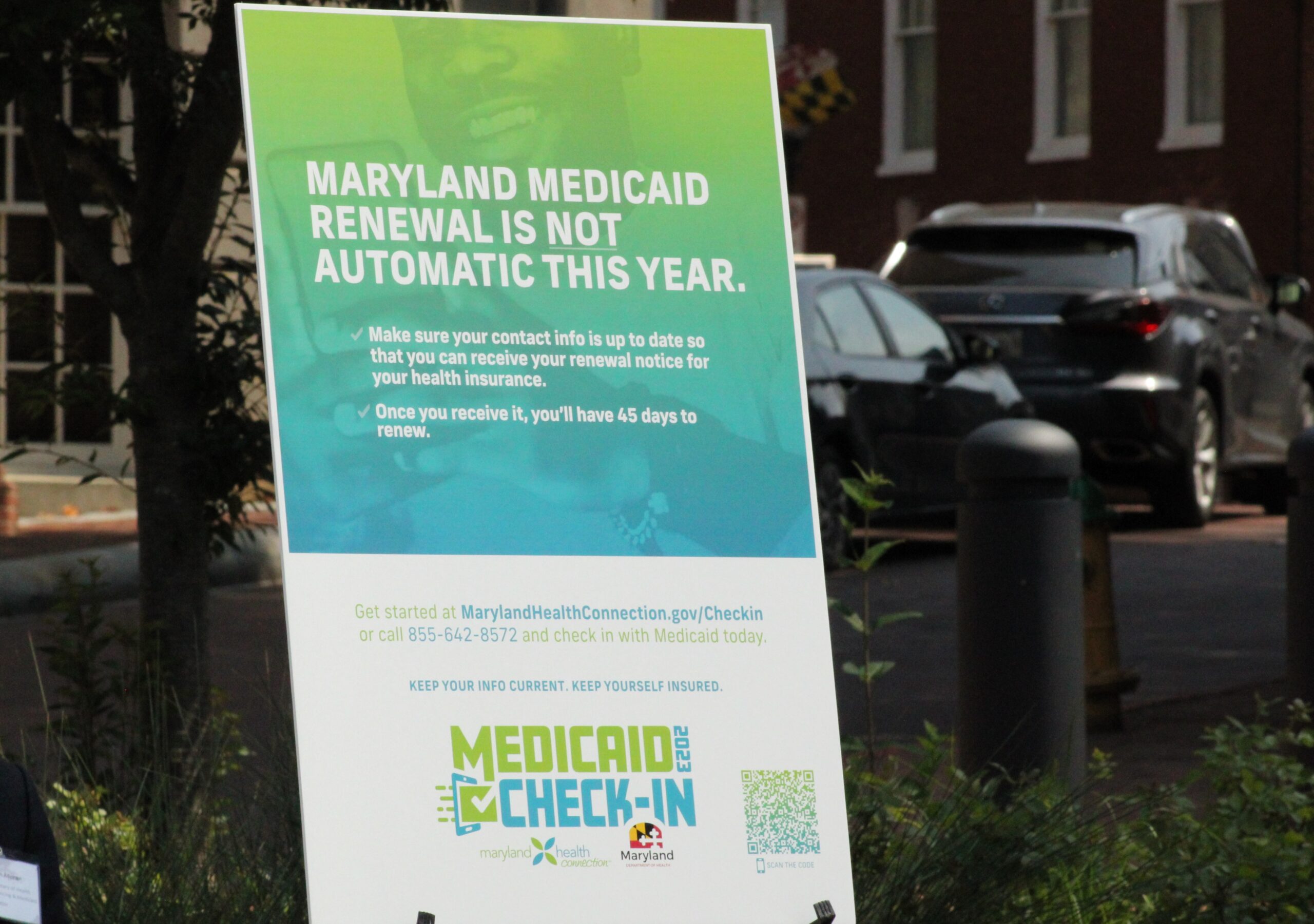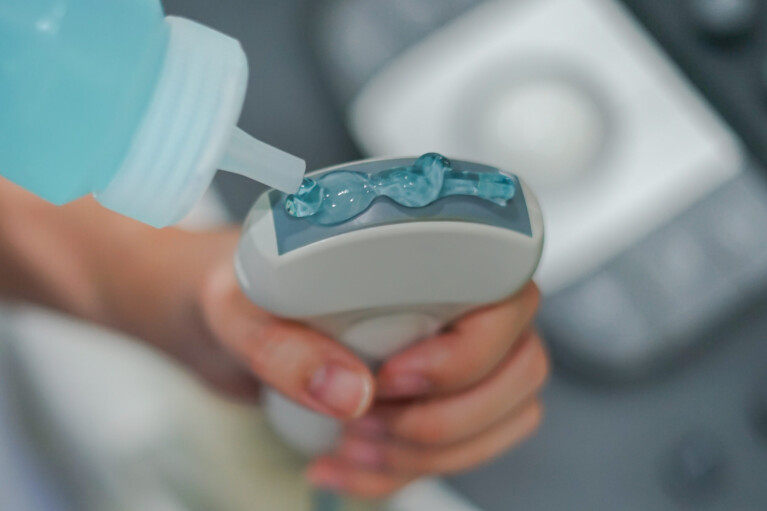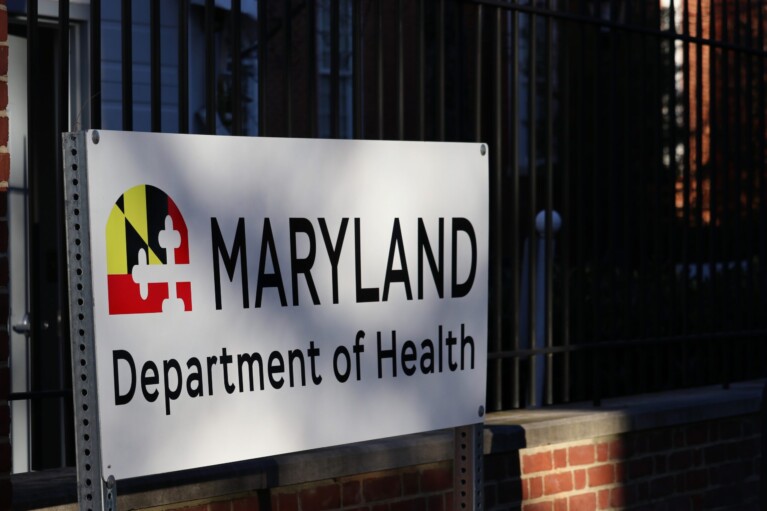Challenges continue to emerge as the Md. health department works through Medicaid unwinding

Before the end of the COVID-19 public health emergency earlier this year, state officials and advocates warned about the challenges that could arise from the massive undertaking of resuming annual redetermination of Medicaid eligibility for millions of people, also known as Medicaid unwinding.
Several months in, inappropriate terminations, computer errors and even call center wait times have added hurdles for the Maryland Department of Health and frustrations for some of the 1.8 million Marylanders on Medicaid waiting to see if their coverage will be renewed or if they will be rolled off and have to shop for insurance in the marketplace.
One of the major hurdles in the redetermination process is that Maryland, along with other state health departments, has suspended certain Medicaid disenrollments for another month.
Last month, Maryland Matters reported that the Centers for Medicare and Medicaid Services instructed states to suspend the termination of Medicaid enrollment for “procedural reasons,” as the federal agency learned that some enrollees were inappropriately losing coverage. As a result, CMS also instructed states to reinstate Medicaid coverage for some who had lost theirs.
As of the MDH’s October Medicaid unwinding data update, reflecting data from March through September, about 581,600 households were due for reevaluation during this period, with 113,169 new enrollees due for renewal in September.
According to the recent data, 90,155 enrollees maintained Medicaid coverage in September, while about 12,870 people were determined ineligible for the federal health program. People are typically deemed “ineligible” because they either earn too much or aged into Medicare, the health insurance program for people 65 and older.
But for the second month in a row, there is no data for the number of terminations for “procedural reasons,” typically indicating that a person never started the application for redetermination or never finished.
In May, Maryland health and legislative leaders launched the “Medicaid Check-in” campaign which aimed to inform people about when and how to reapply for Medicaid and avoid terminations due to people simply not applying. The lack of data for “procedural terminations” makes it challenging to evaluate the effectiveness of the campaign.
Procedural disenrollments are also paused for October, according to the Department of Health.
“Procedural disenrollments are paused and will resume in November, and reflected in our December data report. This is because the system changes to conduct ex parte (automatic) have been facilitated to begin the renewals at the individual level at that time,” according to a written statement.
Call center wait times
The October report illuminates another recent issue: that average call wait times to talk to someone about Medicaid enrollment had gotten longer.
According to the state data, the average call wait times from March through June ranged between an average of 46 seconds to an average of one minute and 35 seconds. In June, it rose to an average wait time of just over three minutes.
Then in August, the average call wait time jumped to 15 minutes and 11 seconds. In September, the average wait time was 10 minutes and 25 seconds.
Call abandonment rates also increased. In March, about 6.2% of calls were abandoned before the person calling could receive help. In August, the call abandonment rate shot up to 37.7%, and in September, about one in four calls were abandoned before the caller could speak to someone else on the line.
So when it comes to families trying to sort out any issues with their Medicaid redeterminations, a call wait time may pose an additional aggravating hurdle.
Chase Cook, acting director of communications for the Health Department explained that in August, “135,000 calls were received compared to 106,000 in July.”
“This increased volume is composed of three factors — cohorts scheduled for renewal, participants reenrolling sooner than their expected redetermination date, and ‘churn’ as a result of the state’s 120 day reconsideration period,” Cook said in a written statement. There had also been some staffing concerns at the call center that helps with Medicaid called Maximus Health Services.
According to Cook, there has been improvement in call wait times that will be reflected in future data updates. The Maryland Health Benefits Exchange, which oversees call center services, has implemented new technologies to reduce call volume, “including implementing a chat feature within the application that allows a consumer to get chat assistance immediately instead of having to call the call center.”
“This also includes implementing a new password-less verification process to remove a roadblock for consumers who forget their password from one year to the next, eliminating the need for call center assistance,” he added. Maximus and the health exchange have also worked out new staffing plans.
“Because of these actions, Maryland has begun to see improvement in call center metrics in September and October. Wait times are now down to about 4 minutes, 9 seconds” from Oct. 1 to Oct. 19, Cook said.
>> TALK TO US: Maryland Matters wants to hear from people affected by changes in their health care coverage during the Medicaid unwinding process. If you would like to share your story, click here.




 Creative Commons Attribution
Creative Commons Attribution